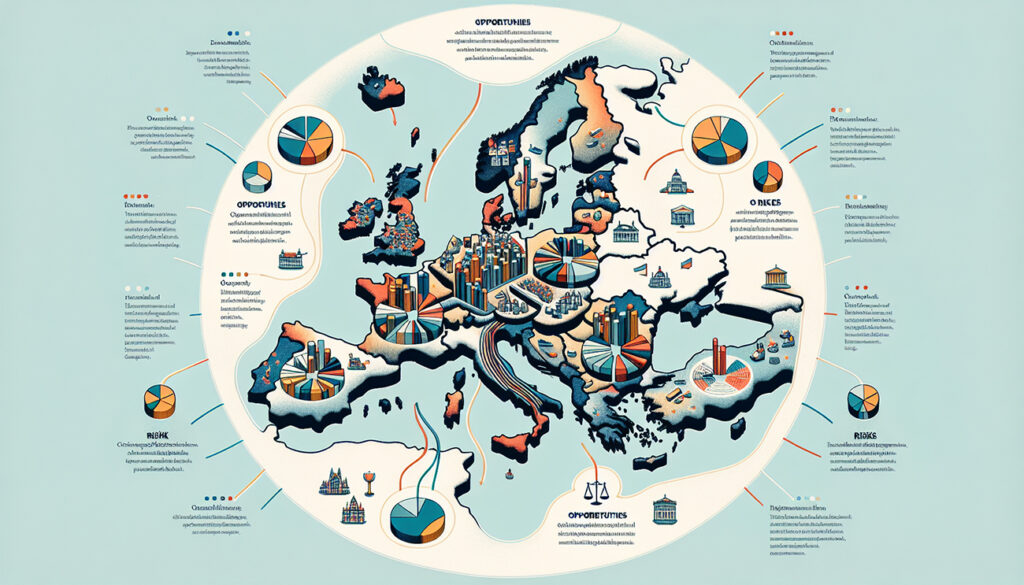
Rarely before have the risks faced by humankind been more complex, interlinked, and interdependent; and rarely have so many crises coexisted. In this context characterised by turbulence, novelty, ambiguity, and uncertainty, foresight plays an essential role and complements more traditional quantitative approaches to help manage risks and disasters. By providing additional perspectives, foresight can help to better envision possible and preferred alternative futures, get
prepared, and in doing so provide insights that allow policy makers to influence and change the future and ultimately steer away from danger.
With this study, the EU Policy Lab of the European Commission’s Joint Research Centre presents a first attempt to introduce a foresight approach into the analysis of future risks. In participatory foresight processes, and using horizon scanning
outputs, the EU Policy Lab developed ten fictional short stories that depict what the future could look like. In a series of workshops with more than 60 participants, we explored potential future developments and impacts of change within
these futures, and analysed which risks and opportunities they could lead to. In addition, a Delphi survey with 92 participants assessed the seriousness of the identified risks. The resulting study provides valuable insights to support anticipatory decision making, complementing other risk assessment methods to help minimise and abate the risks identified and help shape a better future. The EU Policy Lab will use the results in future foresight exercises to support policymaking, where it can help to understand risks and threats for the European Union and their implications.
The ten risk clusters are presented in alphabetical order, with potential future developments that lead to them, as well as individual risks and opportunities.
- Break-down of international cooperation
- Decline of the European Union’s economy
- Decrease of well-being
- Disrupted critical supply chains
- End of dominance of humans
- Erosion of democracy
- Failure of the green transition
- Lawless society
- Social division
- Weakened European Union
Source: Publications Office of the European Union
